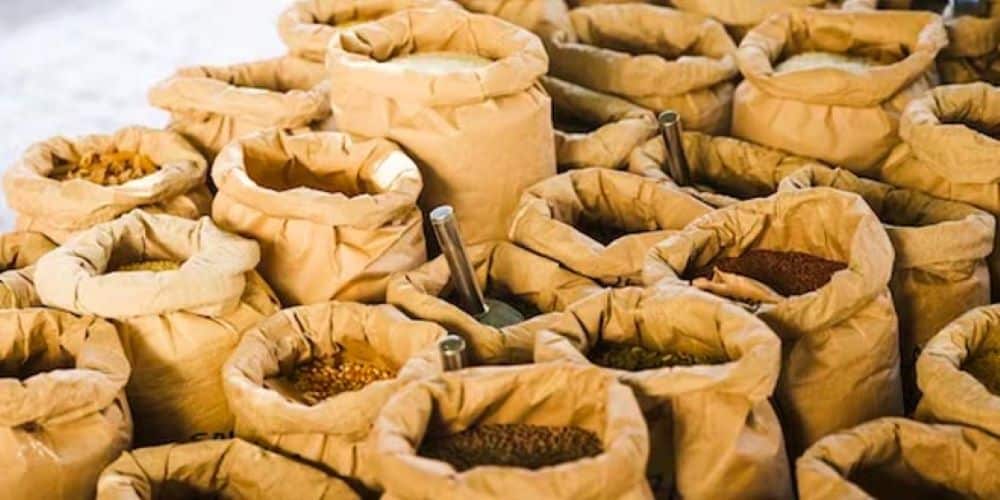Enhancing Cooperative Infrastructure in India

The Indian government is actively working to improve the infrastructure of cooperative societies. These initiatives aim to boost operational efficiency and support farmers across the country. By implementing various technological advancements and infrastructure projects, the government seeks to create a more robust cooperative sector. This article explores key initiatives that are transforming the landscape of cooperatives in India.
Computerization of Agricultural Credit Societies
One of the significant steps taken by the government is the computerization of Primary Agricultural Credit Societies (PACS). This initiative aims to unify all functional PACS under a common Enterprise Resource Planning (ERP) software. By linking these societies with the National Bank for Agriculture and Rural Development (NABARD) through State Cooperative Banks (StCBs) and District Cooperative Central Banks (DCCBs), the government enhances the operational efficiency of PACS.
The benefits of this computerization are manifold. It ensures faster loan disbursal, reduces transaction costs, and increases transparency in operations. Farmers can trust PACS more, knowing that their transactions are secure and efficient. This trust is crucial for encouraging more farmers to engage with these societies. Overall, the computerization of PACS represents a significant leap toward modernizing agricultural finance in India.
Streamlining Agricultural and Rural Development Banks
In addition to PACS, the government is also focusing on the computerization of Agriculture and Rural Development Banks (ARDBs). This initiative aims to standardize accounting practices and improve the core systems used in lending, recovery, and resource mobilization. By enhancing the operational efficiency of ARDBs, the government is paving the way for better service delivery to farmers.
Uniform accounting practices will help in maintaining transparency and accountability within these banks. As a result, ARDBs can expand their business operations more effectively. This expansion is vital for providing farmers with the financial support they need to thrive. With improved systems in place, ARDBs can better serve their communities and contribute to the overall growth of the agricultural sector.
Creating a Digital Ecosystem for Cooperatives
The computerization of the Registrar of Cooperative Societies (RCS) office is another crucial initiative. This move aims to enhance the ‘Ease of Doing Business’ for cooperative societies. By creating a digital ecosystem, the government is facilitating transparent and paperless regulation across all states and Union Territories.
This digital transformation simplifies the processes involved in registering and managing cooperatives. It reduces bureaucratic hurdles and allows cooperative societies to operate more efficiently. With easier access to information and services, cooperatives can focus on their core activities, ultimately benefiting their members. This initiative is a significant step toward modernizing the cooperative sector and making it more accessible to all stakeholders.
The World’s Largest Grain Storage Plan
The government has also launched the world’s largest grain storage plan within the cooperative sector. This initiative focuses on developing agricultural infrastructure at the PACS level. It includes the construction of godowns, custom hiring centers, and processing units. By converging various existing schemes, such as the Agriculture Infrastructure Fund (AIF) and the Agricultural Marketing Infrastructure Scheme (AMI), the government aims to enhance market linkages for PACS.
These developments will help farmers secure better prices for their crops and reduce post-harvest losses. Additionally, they contribute to national food security by ensuring that grains are stored and managed effectively. This comprehensive approach to agricultural infrastructure is crucial for supporting farmers and strengthening the cooperative sector in India.
Observer Voice is the one stop site for National, International news, Sports, Editor’s Choice, Art/culture contents, Quotes and much more. We also cover historical contents. Historical contents includes World History, Indian History, and what happened today. The website also covers Entertainment across the India and World.

